
By Will McGuire
One of the most striking moments in Steven Spielberg’s JAWS occurs about seventeen minutes in: Chief Martin Brody (Roy Scheider) is seated upon a beach-chair in a state of anxiety as a throng of tourists and islanders enjoy a perfect summer day on the water.
Brody is convinced that this tranquility is an illusion: the product of a town unwilling to accept that the beaches that create their livelihood now harbor a shark that has already killed and will kill again.
For several minutes the tension is ratcheted as idle conversation swirls around Brody but cannot break his concentration, his focus, on the danger he is sure will arrive but that no one else is willing to believe.
Ironically, it is only at the precise moment Chief Brody has begun to relax, accepting a shoulder rub from his concerned wife Ellen (Lorraine Gary) that the familiar theme begins, a small boy on a float is set upon, and the ocean reveals a sickly red tempest of sudden death.
Spielberg makes a fascinating directorial choice: in the cut back to Brody, Spielberg uses a dolly zoom wherein the camera is tracked away from the subject while the zoom lens focuses in on him. This produces the visual effect of space elongating around a focused stationary subject.
The unreality of the effect visually telegraphs the psychological impact upon Brody: all of his anxiety crashes down upon him, compounded by the guilt he feels at allowing himself to be talked out of closing the beaches. Brody was awake, he allowed Mayor Vaughn (Murray Hamilton) to put him back to sleep, and now his penance is a living nightmare.

This sequence recalls the most famous use of the dolly zoom technique in American cinema: Alfred Hitchcock’s 1958 psychological thriller,Vertigo. Vertigo employs the technique as a visual representation of protagonist “Scottie” Ferguson’s (James Stewart) acrophobia and the technique has remained in the collective memory so strongly that it is commonly referred to as the “Hitchcock Shot” or “Vertigo Shot.”
Is there a deeper significance to the shot choice than simple homage? JAWS was consciously made in the style of a Hitchcockian thriller to cover for production issues, but I believe there’s a particular relationship between JAWS and Vertigo that may not occur to the viewer until the films are considered in psychological terms.
Both JAWS and Vertigo give us heroes under the influence of overwhelming primal fears at a crossroads in their professional lives.
Chief Brody is deathly afraid of the water, and his position as Chief of Amity Island police after having worked in New York City suggests a professional failure that is only hinted at in the film’s dialogue.
“Scottie’s” acrophobia causes him to quit the San Francisco Police Department after he indirectly causes the death of a fellow officer.
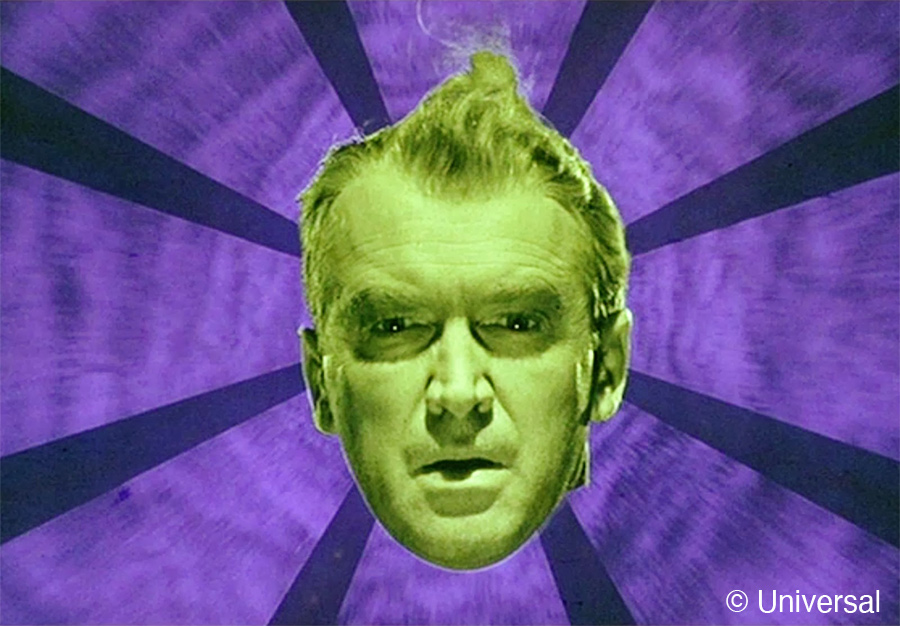
Both men will undertake new jobs that put them squarely in the realm of their fear, and both films’ employ climaxes where the hero is finally shown to overcome that fear.
First, some historical context: JAWS was filmed from mid to late 1974 at the beginning of Alfred Hitchcock’s critical reappraisal from legendary crowd-pleaser to serious psychoanalytic artist and long before Vertigo’s as a masterpiece. The film had been a financial disappointment upon release and was pulled from distribution between 1968 and 1983. Vertigo is generally considered to be one of Alfred Hitchcock’s finest pictures, but in 1974 it was obscure, rarely-seen outside of film school, and not subject to very much discussion or analysis by critics outside of France.
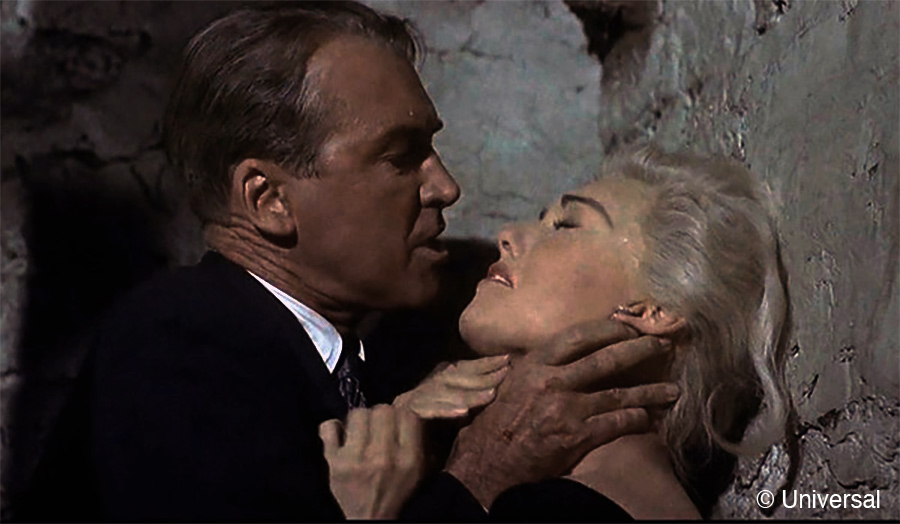
In short, it’s very easy to “read” this shot as a young genius director simply tipping his cap to one of the giants of the industry’s greatest works but it would certainly not have read that way in 1975.
Spielberg was conscious of the heavy Hitchcock influence on JAWS when problems with the animatronic shark forced him to reconsider his conceptual approach to the project. “The film went from a Japanese Saturday matinee horror flick to more of a Hitchcock, the less-you-see-the-more-you-get thriller.” Spielberg told The Roanoke Times in 2005.
That said, it’s a fair question to ask whether the deeper, psychological underpinning shared between JAWS and Vertigo was consciously realized by Spielberg during production.
JAWS has a number of Hitchcockian homages from the general, such as the use of dry humor to soften the horror (Harry’s bad hat from the scene discussed in the introduction to this essay feels like it could have come straight from one of Hitchcock’s films) to the particular, John Williams’ famous theme recalls Bernard Hermann’s work on Psycho, a desiccated female hand protrudes from the dunes in the same way it does from the potato sack in Frenzy. That said, the use of such a distinctive shot to signify exactly the same kind of anxiety and guilt across the two films bears examining.
JAWS and Vertigo trade foremost in totalizing fear: the fear of what’s lurking in the water and of falling to one’s death. Both films feature professional police officers played by resolute everyman actors who have an encounter with death (Brody upon finding the corpse of the swimmer and Ferguson hanging from the building in the opening chase) that unlocks a primal trauma. This primal trauma causes them to become distanced, marked out, other-ized from their normal lives and communities as they deal with the reality of death in a way that most people are not comfortable with.
As in Vertigo, the dolly zoom shot in JAWS signals the protagonist’s responsibility for the death of another, a primal sin that draws both to drink, and to the edge of despair.
Neither Brody nor Ferguson have caused the deaths they feel so guilty for but both feel as though they ought to have been able to prevent them. This is the key psychological motivator that connects the two characters, even where the details of the plot diverge: both Brody and Ferguson are haunted by what they consider the dereliction of their personal and professional responsibility, and are trapped in a kind of emotional limbo for it.
In Brody’s case he allows Mayor Vaughn to reverse his closure of the beaches after receiving the coroner’s report on the first victim which leads directly to the second attack. Then the resultant hysteria which follows in both the City Chambers, and on the water during the hunt for the shark precipitated by Mrs. Kinter’s bounty.

Again and again Brody knows what the right course of action is, but he allows himself to be overridden, marginalized, and ignored. The real key to understanding the connection between this and Vertigo is the idea that Brody is compensating for his fear of the ocean, a fear so great that he’s wounded when his wife suggests that it has been passed to his sons.
Brody is self-aware that his fear of the water is not entirely rational, that it marks him as an outsider even more than it does for the rest of his family, and that it may be causing him to overreact.
The process of expiating the fear in JAWS is done in stages: Hooper (Richard Dreyfuss) arrives and confirms that Brody’s worst fears are rational, and that this shark is not a shadow or an unknowable enigma but a concrete phenomenon with weight, habit, and predictable outcome. Armed with this knowledge he begins to pull back against Mayor Vaughn and those who wish to drown out his concerns until the 4th of July attack– as the death of Madeleine does in Vertigo– forces a crisis point.
Ironically, Mayor Vaughn’s confession that “his kids were on that beach” and therefore that the forces which impeded him did so out of denial and ignorance but not malice serves the same function that the revelation of the murder plot does in Vertigo. Brody is snapped back into life as a police officer, husband, and father all at once and he charters Quint’s (Robert Shaw) ship. In both cases the heroes only begin to fight back from the psychological hole they’ve dug for themselves when their pain has a face, a motive, and a meaning.

The final act of the film focuses entirely on three men: Brody, Hooper, and Quint. Each character represents levels of understanding the shark.
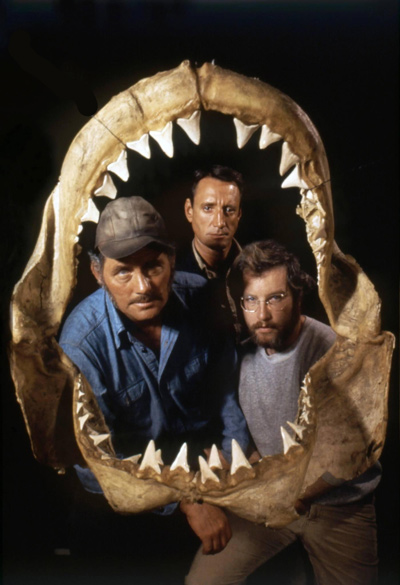 Brody has only interacted with the shark insofar as he’s experienced what it has left behind in its wake– victims and hysteria. He’s read books and listened to experts and he’s seen what it can do to others but he has no real knowledge of the creature firsthand. Brody’s subjective viewpoint going into the final act is visually demonstrated in the scene where Hooper dives into the water to check the hull of the abandoned boat, leaving Brody for what seems like an eternity in a yellow lit fog of his own fear, without detail.
Brody has only interacted with the shark insofar as he’s experienced what it has left behind in its wake– victims and hysteria. He’s read books and listened to experts and he’s seen what it can do to others but he has no real knowledge of the creature firsthand. Brody’s subjective viewpoint going into the final act is visually demonstrated in the scene where Hooper dives into the water to check the hull of the abandoned boat, leaving Brody for what seems like an eternity in a yellow lit fog of his own fear, without detail.
Hooper brings scientific, dispassionate, rational knowledge of the shark as a natural phenomenon. He has no particular feeling of malice towards the creature– in fact he describes himself as a “shark addict.” When he first arrives on the island he’s given his own insight into Brody’s world of fear when he examines the remains of the first victim and visibly gags– finally being brought face to face with the reality of what he’s studied. Hooper processes his dread as anger: first at Brody and the coroner and then at Vaughn and the whole community for their willful ignorance of what they’re dealing with.
Finally Quint has personal, subjective experience of not just the shark as an element of nature, but of being helpless to it– almost resigned to death. The U.S.S. Indianapolis monologue describes an extended encounter with death so hellish that Quint could never again rejoin society as a member. He cannot even wear a life jacket again because it would remind him of it. Quint himself subconsciously affixes the blame for this trauma on the crew of the ship itself, which delivered the ultimate harbinger of death, the atomic bomb and therefore had to pay penance by experiencing inhuman pain and fear. Quint’s whole life since the ordeal has been in killing smaller versions of the devils that terrorized him and living in a graveyard of their jaws and now he feels the opportunity to finally get even with the biggest one of them all– an actual example of what he hates most.

Quint seeks revenge for what he has suffered, seeks it to the point of recklessness. The personal powerlessness in the face of death is what causes him to reject Hooper at first, who believes that the shark should be studied and understood, and to slightly empathize with Brody– because he understands on a primal level the basis for Brody’s fear better than Brody does. So it only makes sense then that it is Quint’s death that finally allows Brody to forgive himself, to expiate the guilt and shame, and take the decisive and explosive action which kills the shark and dissipates the fear.
As with Judy in Vertigo the encounter with death that fostered the neurosis is only dissipated by coming to terms with death directly and releasing self-imposed responsibility for it.

All that remains is to paddle back to shore and laugh.
It isn’t that the water holds no danger– it’s knowing that if danger recurs you know, will meet it, and will make the best of it, with no regrets. It’s impossible to get revenge on our fear, as it would be to punish Death.
Ironically, all we can do is live with it.
ABOUT WILLIAM McGUIRE
William McGuire is a full time operative for shadowy cabals seeking power and part time writer, filmmaker, and columnist for Forces of Geek. He has a BA in Philosophy from Temple University, which he credits for both his Maimonidean perspicuity and his frankly, incredible humility.




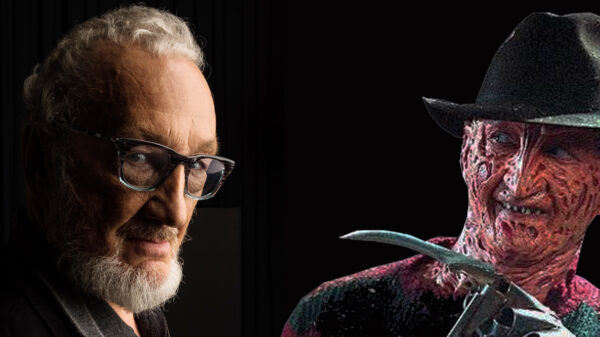

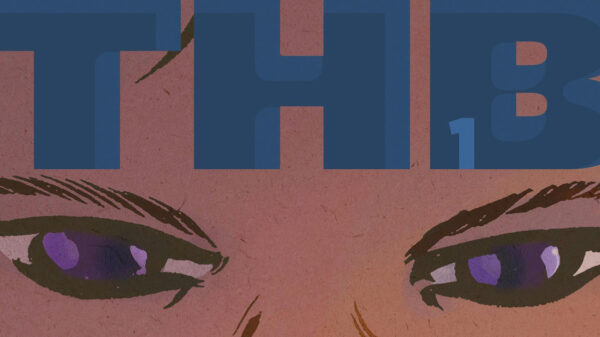

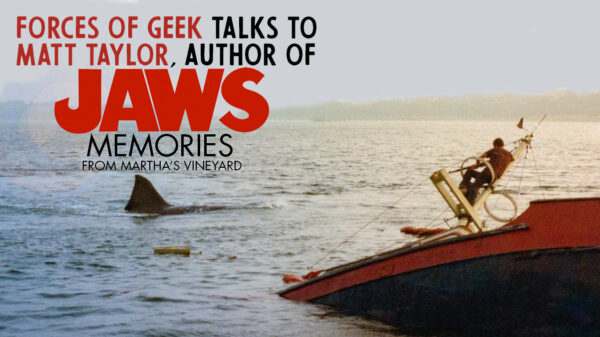
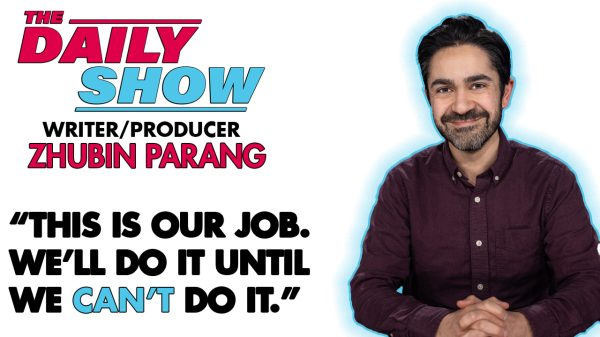
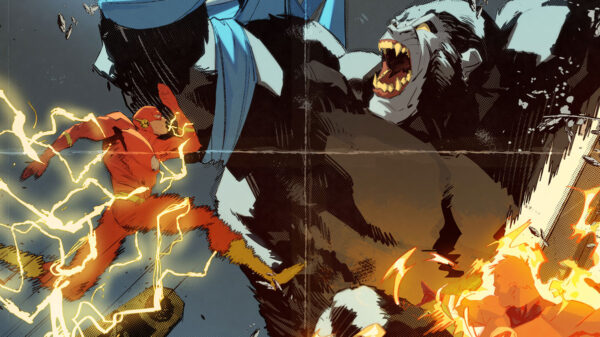

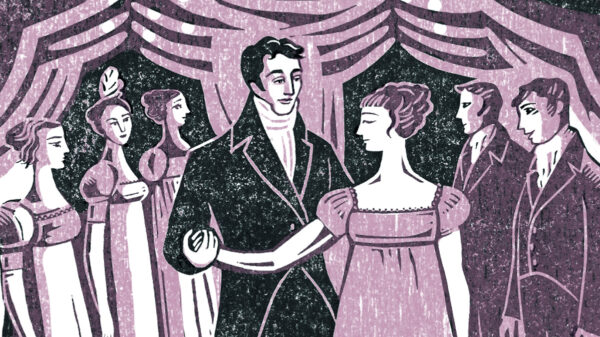

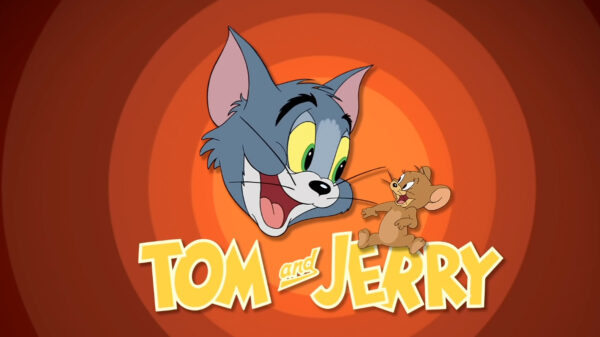






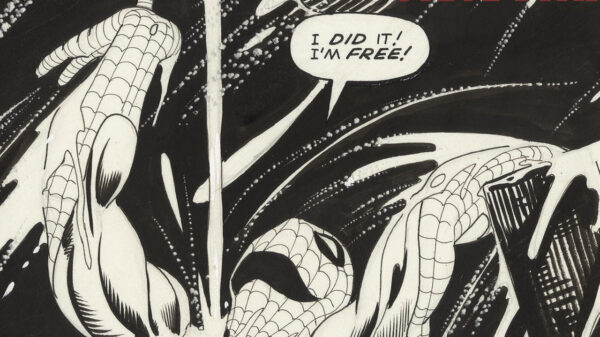
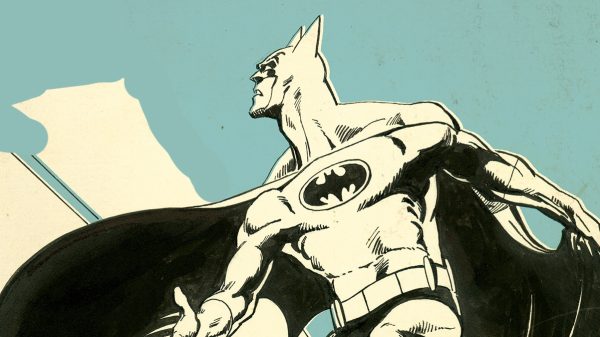

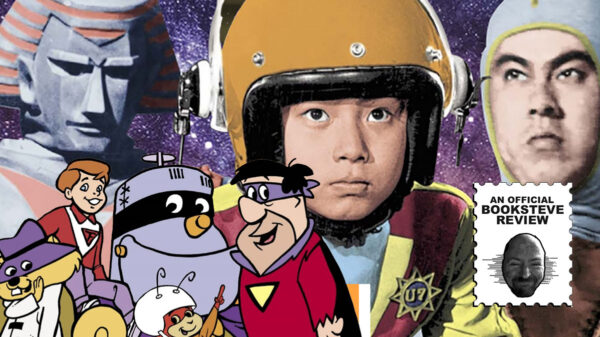
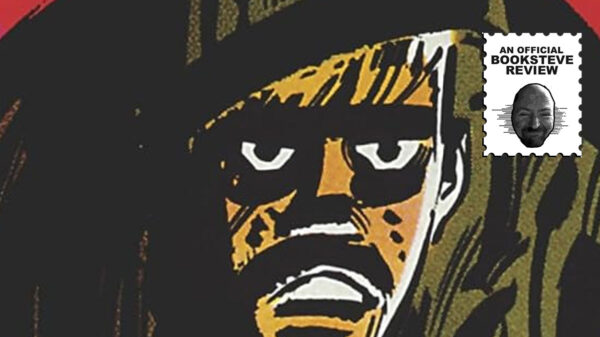
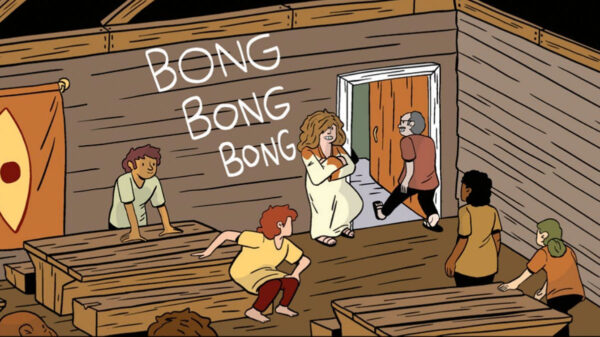

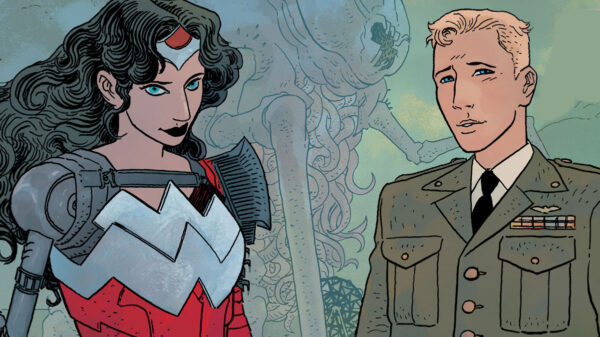











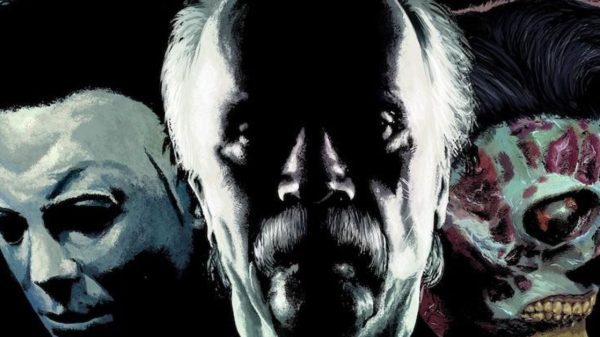

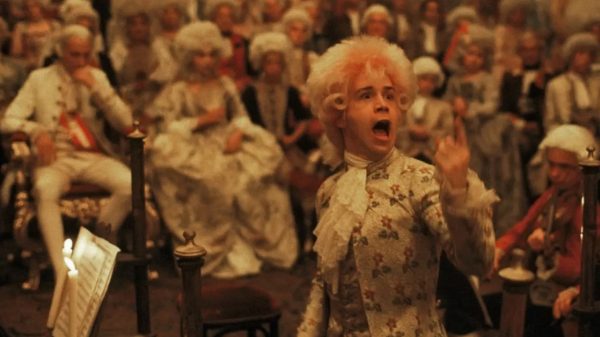











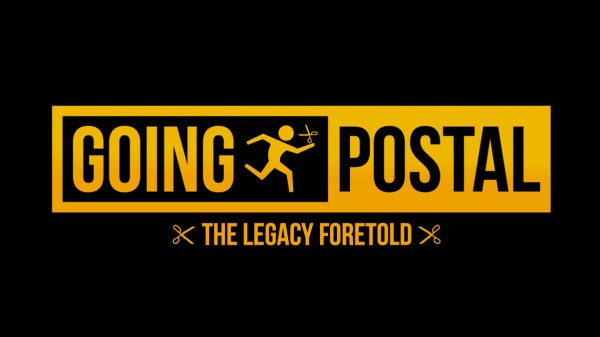


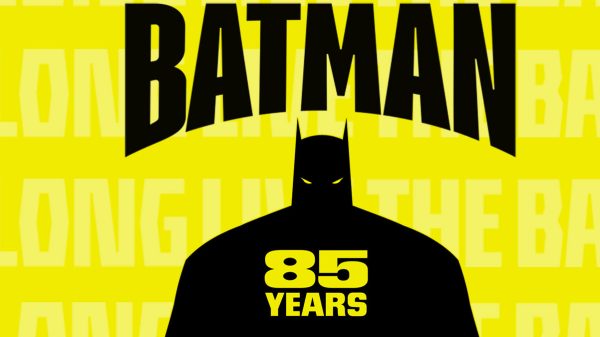


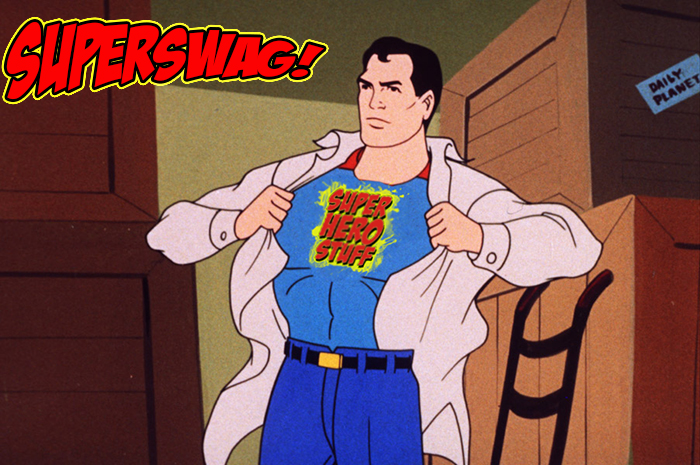


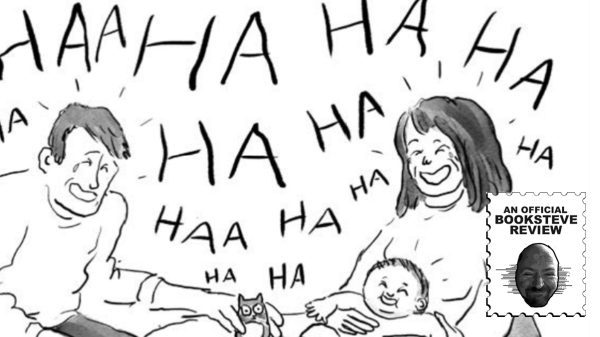



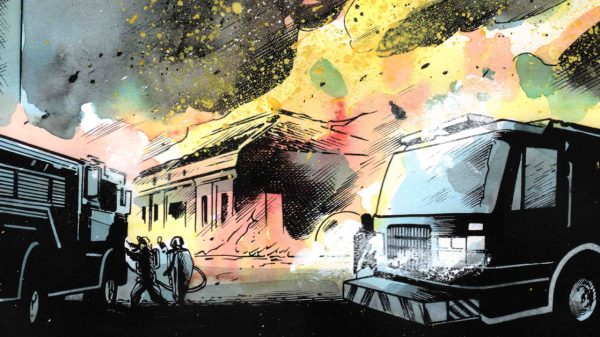















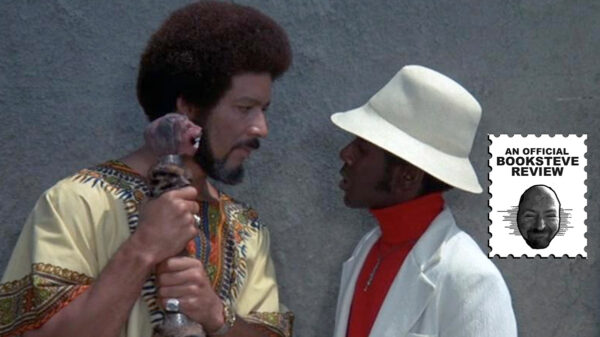
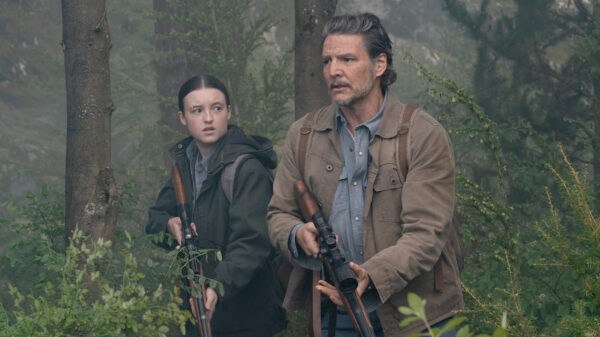




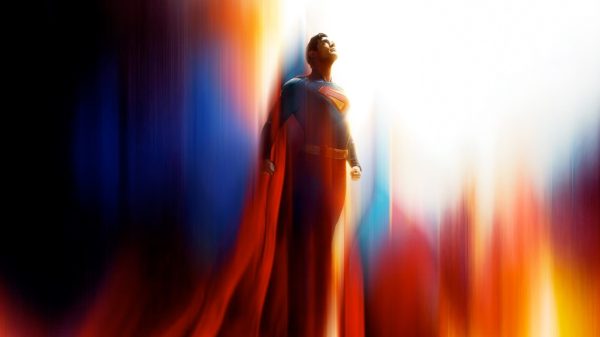





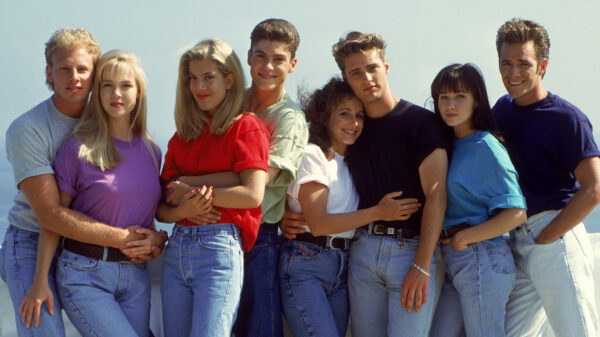
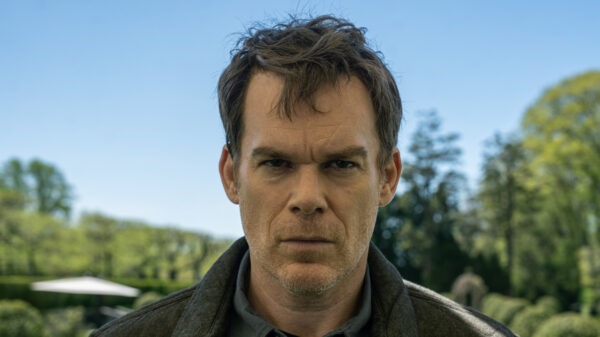
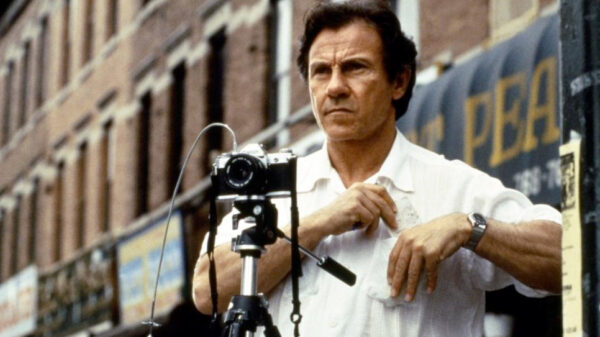
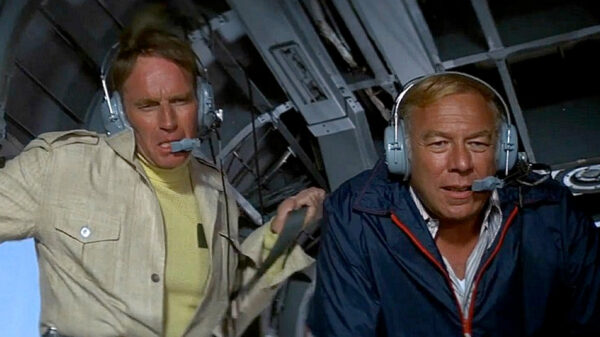
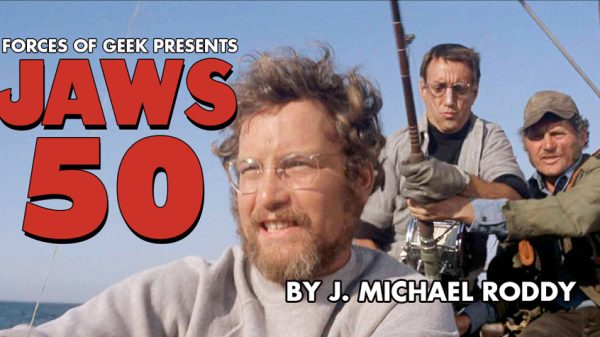







You must be logged in to post a comment Login